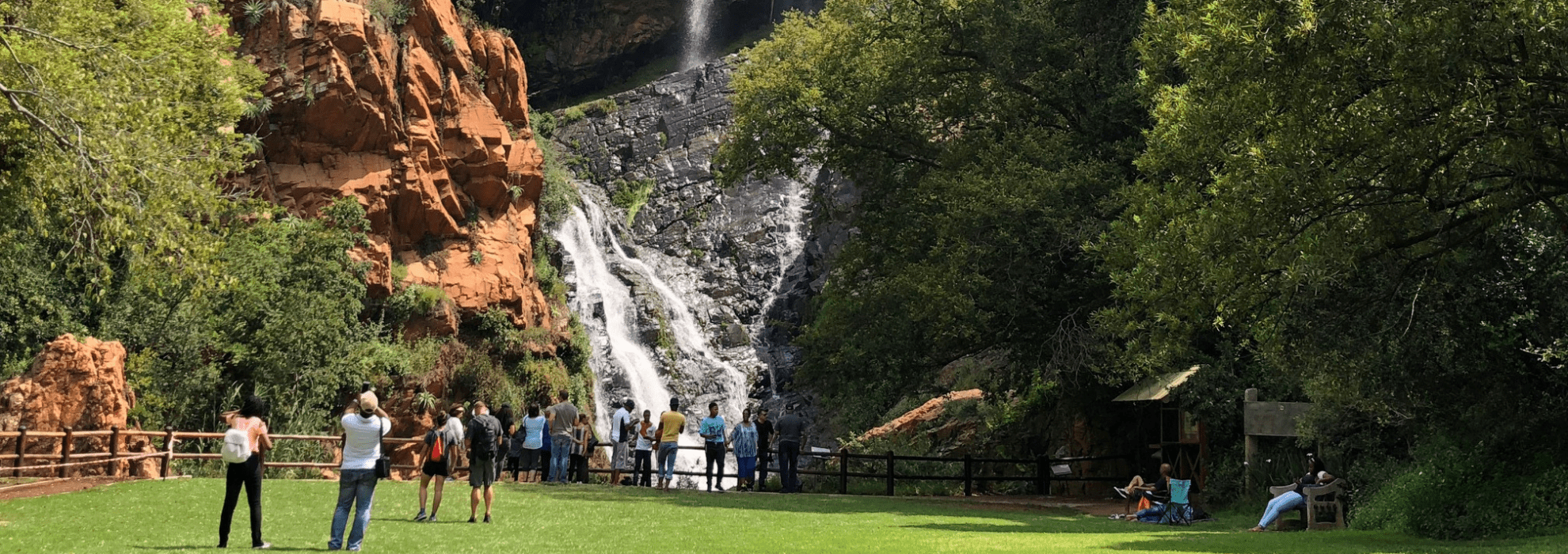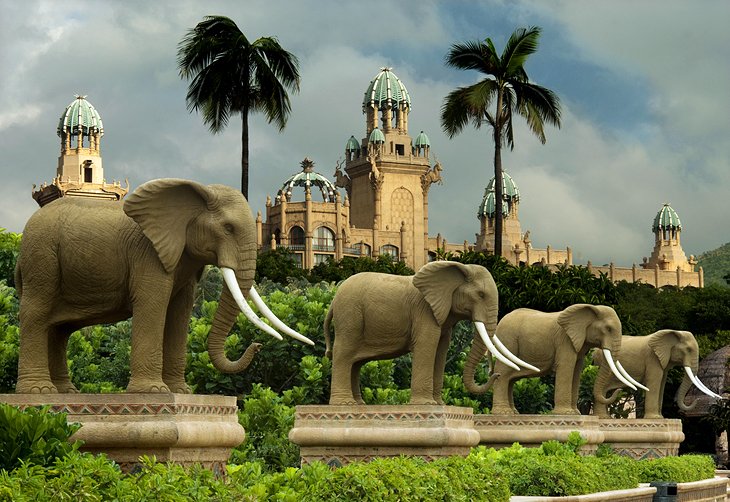Little Known Facts About Johannesburg North Attractions.
Little Known Facts About Johannesburg North Attractions.
Blog Article
Our Johannesburg North Attractions Diaries
Table of ContentsThe Ultimate Guide To Johannesburg North AttractionsJohannesburg North Attractions - The FactsGetting The Johannesburg North Attractions To WorkThe 9-Second Trick For Johannesburg North AttractionsThe 4-Minute Rule for Johannesburg North AttractionsA Biased View of Johannesburg North AttractionsA Biased View of Johannesburg North Attractions
Nonetheless you need to keep safety in mind and visitors should stay sharp whatsoever times when in unknown environments. Speak with the locals when you are in community to find out concerning the area you are staying in. Johannesburg North attractions. When on the road (this doesn't put on shopping center and other secure atmospheres) finest basic recommendations is to try your best to look like a local and to stay clear of showing any type of form of wealth
The Facts About Johannesburg North Attractions Revealed
Professor Revil Mason O. J. (Thomson, 1946) checked out the Witwatersrand's pre-colonial history. His historical work took off the 'em pty land' myth, according to which the region was empty of human habitation prior to the arrival of European inhabitants. In his magazines Prehistory of the Transvaal: A Document of Human Task (1962) and Origins of Black People of Johannesburg and the Southern Western Central Transvaal Advertisement 3501880 (1986 ), Professor Mason showed the degree of social and financial growth in the area before Europeans established foot below.

Facts About Johannesburg North Attractions Uncovered
He showed the federal government's approval, given after he had testified keep his discoveries secret. In 1874, small mining procedures were started in the Magaliesberg, where an Australian, Henry Lewis, had actually found gold down payments. In 1878, David Wardrop discovered gold in quartz blood vessels at Zwartkop, north of Krugersdorp. In 1881, Stephanus Minnaar came across gold on the farm Kromdraai, near the Cradle of Humankind.
In March 1886, an outcropping (soon to be called the Main Coral reef) was located, quite fortunately, on Gerhardus Oosthuizen's farm Langlaagte. Some claim that the Lancastrian coal miner George Walker uncovered this reef. An additional itinerant English miner, George Harrison (who had formerly worked in Australian mines) obtained a prospecting permit in regard of Langlaagte in May 1886.
He decided to proceed in a quest for greener pastures, and disposed of his Langlaagte claim for the princely sum of 10. Alas: beneath lay the wealthiest goldfield ever found. The discovery of this abundant auriferous reef provoked a gold thrill that indicated completion of agrarian serenity in the southerly Transvaal.
It would certainly, within six years, become the largest community in southerly Africa. Within a years, it would make the Z. A. R. until then an anarchical and insolvent little state the most affluent country in Africa. By the turn of the century, the Z. A. R. was to exceed Russia, Australia and the United States of America to come to be the world's leading gold producer, generating greater than a quarter of the globe's gold.
The smart Trick of Johannesburg North Attractions That Nobody is Talking About
It was known as Ferreira's Camp, named after Colonel Ignatius Ferreira. He was a Boer traveler upon whom the British authorities had presented the status of Buddy of one of the most Distinguished Order of St Michael and St George (qualifying him to the post-nominal letters C. M. G.) in gratitude for his function in the battle that had actually deposed the Pedi king Sekhukhune in 1879.
2 other camps were established: Meyer's Camp on the farm Doornfontein, and Paarl Camp. The latter was nicknamed Afrikander Camp; several individuals from the Cape Swarm worked out there.

The smart Trick of Johannesburg North Attractions That Nobody is Talking About
This name acquired currency by word of mouth, such that the State Assistant attested the name to the Mining Commissioner on 9 October 1886. Stands in the village were auctioned on 8 helpful hints December 1886. While some stands were sold for 10, others were torn down for as low as sixpence.
Two years later, these erven were to change hands for as high as 750 each. The tented camps dwindled as a dorp of corrugated iron buildings established and broadened north of the mines located along the Key Reef Roadway. Locations such as Jeppe's Community (where working-class immigrants erected their homes) and Doornfontein (where the upscale new 'Randlords' began to create their opulent homes) were quickly included in the ever-expanding map of the town.
Fascination About Johannesburg North Attractions
Aside from the street names, there were no signs of Johannesburg being located in a Dutch-speaking country. Several years later on, C. W. Kearns O. More Bonuses J. (among the very first young boys enrolled at St John's University in 1898) would certainly remember: 'An odd truth concerning Johannesburg was that, although it was in the [Boer Republic], virtually every person talked English and even the Federal government slaves resolved one in English, unless they were very first dealt with in the Taal (or Reduced Dutch)'.
Thus, Britain had a rate of interest in guaranteeing optimum conditions for gold production on the Witwatersrand, and that the gold was exported to London as opposed to Berlin an essential provided even more clamant by the Z. A. R - Johannesburg North attractions.'s boosting toenadering with Germany. Mine proprietors got on a crash this link course with President Kruger, whose plan of monopolistic concessions (usually approved to his cronies) prevented mining business from acquiring products of materials (particularly dynamite) and work on their own, less costly terms
Unknown Facts About Johannesburg North Attractions
In 1890, the Volksraad had actually limited the franchise business to white males who had resided in the Z. A. R. for fourteen years or longer, thus disqualifying the majority of the immigrants (that happened to be the major contributors to the fiscus). Agitation for the vote was a mere pretext for advertising a various agenda; most uitlanders regarded themselves as temporary site visitors and had no purpose of continuing to be in the Z.
Report this page